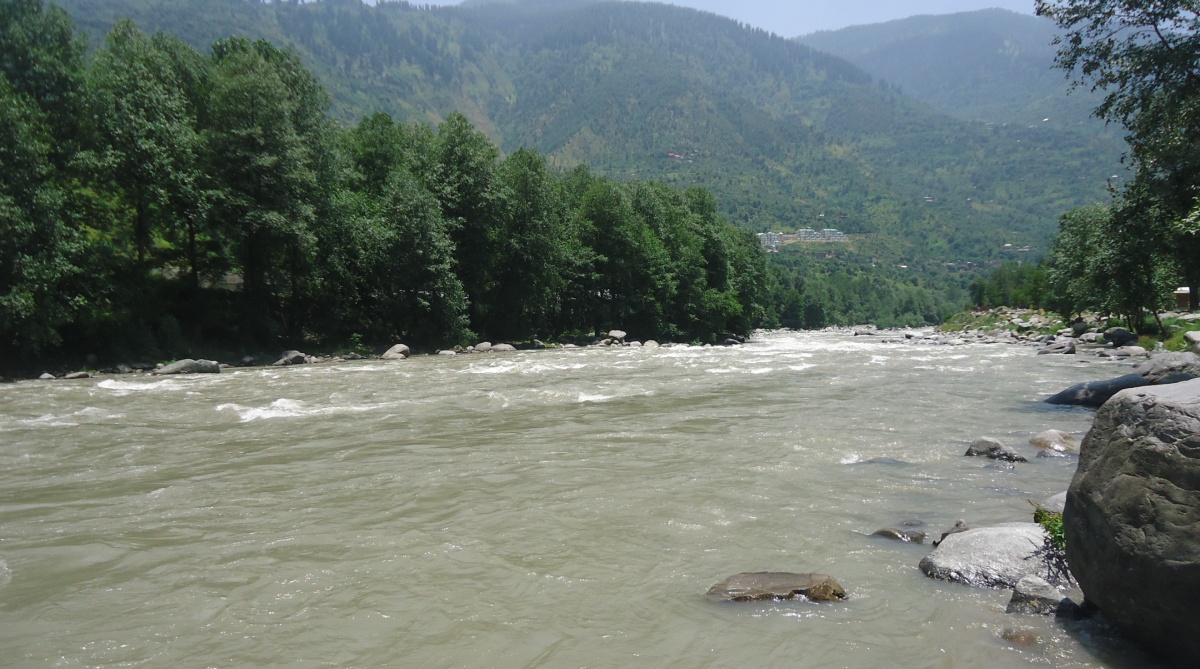Amid concern over rising pollution in rivers and curb illegal mining, the Himachal Pradesh government has constituted a committee to prepare action plan to make seven most polluted rivers at least fit for bathing purposes.
“The directions to constitute River Rejuvenation Committee (RRC) and Special Environment Surveillance Task Force (SESTF) were issued on the directions of National Green Tribunal, Additional Chief Secretary, Environment, Science and Technology,” RD Dhiman said.
Advertisement
The committees will work to improve the condition of seven rivers, Sukhana river from Parwanoo, Markand river from Kala Amb to Narayanpur stretch, Sirsa river (from Nalagarh to Solan), Ashwani along Yashwant Nagar, Beas river from Kullu to Dehragopipur, Giri along Sainj area and Pabbar along Rohru.
The RRC and SESTF has been entrusted with task of prepare action plans within two months for bringing all the polluted river stretches to be fit at least for bathing purposes within six months.
The committees will look into factors like identification of polluting sources including functioning and status of Sewerage Treatment Plants (STPs), Effluent Treatment Plants (ETPs), Common effluent Treatment Plants (CETP) and solid waste management.
It will also look into processing facilities, quantification and characterisation of solid waste, trade and sewage generated in the catchment area of polluted river stretches.
Furthermore, the issues relating to ground water extraction, adopting good irrigation practices, protection and management of Flood Plain Zones (FPZ), rain water harvesting and ground water charging would also be checked.
These would also aim to maintain minimum environmental flow of river and plantation on both sides of the river.
The government would set up biodiversity parks on flood plains by removing encroachment as it is also considered as an important component for river rejuvenation.
The action plan prepared by the Committee would focus on proper interception and diversion of sewage carrying drains to STPs and emphasis would be laid on utilisation of treated sewage so as to minimize extraction of ground or surface water.
The action plan would have speedy, definite or specific timelines for execution of steps. The committees would make use of funds after pooling resources, utilising funds from state budget, local bodies, State Pollution Control Board and out of Central schemes.
Identification of source of pollution from sectors such as vehicular pollution, industrial pollution, dust pollution, construction activities, garbage burning, and agricultural pollution will also be considered while making action plan.
The action plan prepared by the committees would be randomly scrutinised by a task team of the Central Pollution Control Board.
To make the initiative a success, the RRC will invite public participation from educational institutions, religious institutions and commercial establishments.
The committee would impose fine on polluters and reward those who would contribute significantly for the success of the project.









